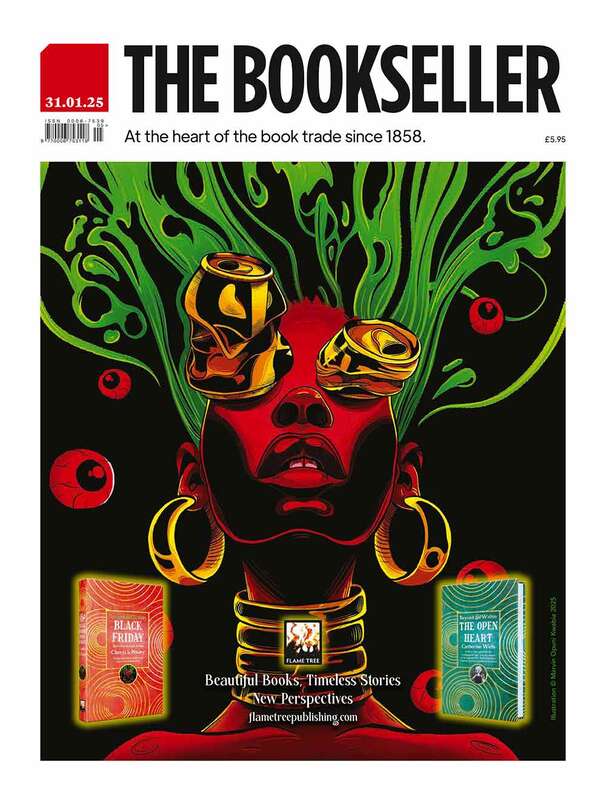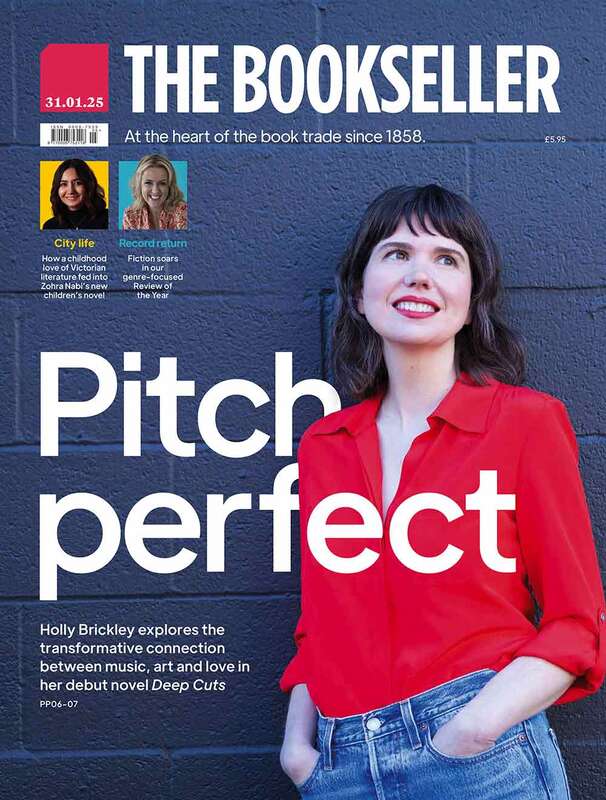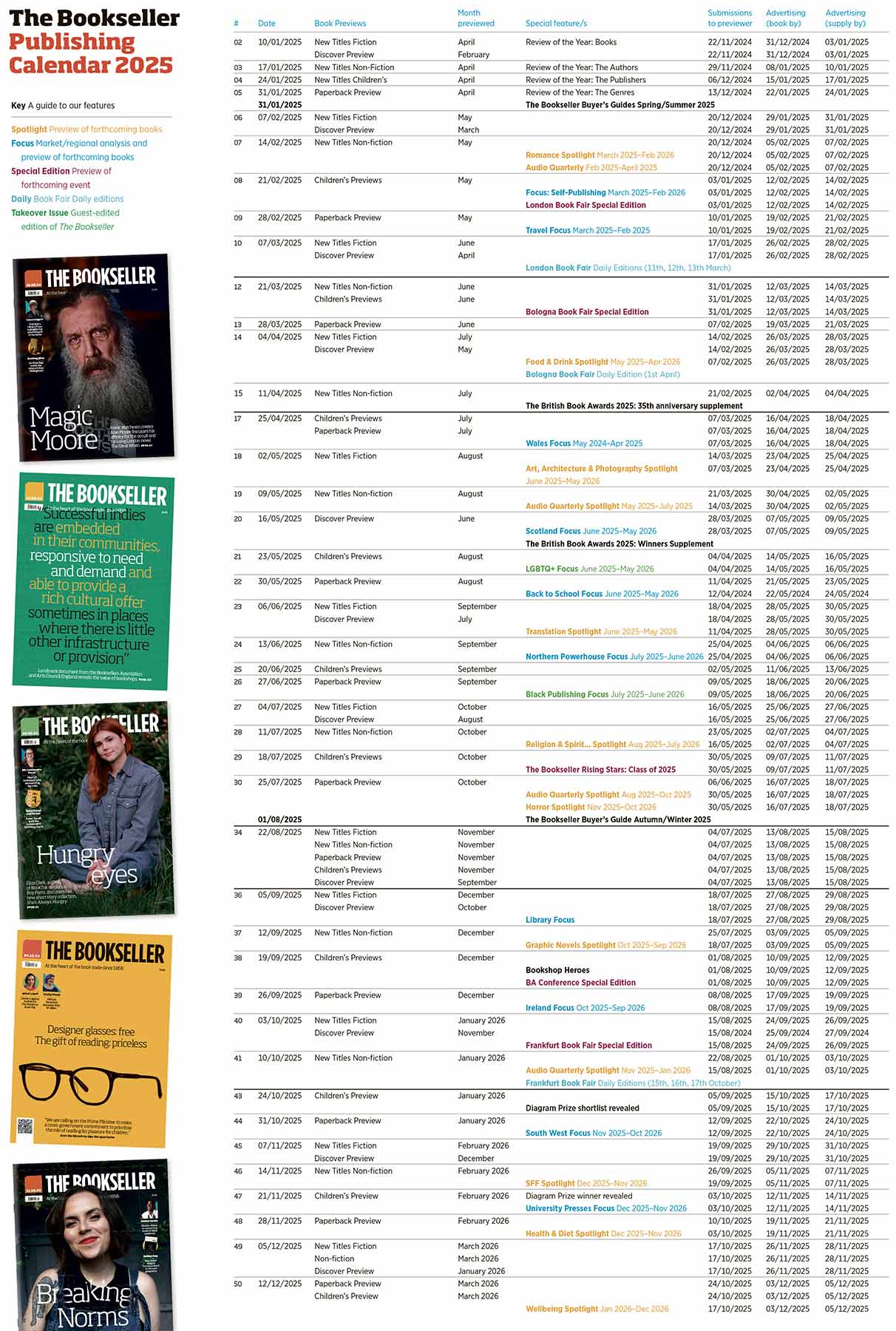You are viewing your 1 free article this month. Login to read more articles.
Pandora's Kindle
At 10 years, the Kindle is half the age of its parent Amazon, but it’s been no less disruptive over its shorter lifespan. If Amazon changed the way consumers bought books, the Kindle rewired how they were read. The launch of the device in November 2007 changed a publishing business that needed to change in fundamental ways.
Amazon was not the first to market with a digital reader - the SoftBook Reader, the Rocket eBook and Sony’s Reader were all quicker out of the traps; before that the CD-Rom. The old canard that publishers resisted digital change is not true: they embraced it. What they came to oppose was Amazon.
The Kindle was counter-intuitive: it was ugly, it undermined an existing business, and it served a single purpose at a time when Apple’s iPhone served many. It took two years for Amazon to ship the device outside of the US, while UK readers had to wait a further year for the Kindle Store. But doubters (and publishers) hadn’t taken into account Amazon’s relentless history: it approached the market not as a tech company but as a retailer, merchandising digital content as it had physical books, using price, the algorithm and reader reviews to drive sales. It worked. Back then we called it the iPod moment, but the Kindle may yet outlast the music player.
The rise and rise in e-book sales - along with the iPad’s arrival - brought with it a period of digital stargazing, as authors, publishers and technologists looked to discover what else could be done to enhance the book. Unfinished business.
The Kindle consolidated Amazon’s power in the trade, so much so that it accounts for 50% of some publishers’ sales, and more for digital specialists. Amazon also threw out a challenge to the sector in allowing anyone to publish on its platform: could publishers maintain their value? Self-publishing enabled many writers to fulfil the dream of being read, but it also made publishers better and, through the Kindle bestseller lists, enabled the discovery of new writers, and their readers.
Yet Amazon wields its influence unevenly: it created a market for many but has refused to share data about its size, to the detriment of publishers and authors. It has curbed innovation by striking unfair deals and used price to drive out competitors and further devalue books. It has allowed anyone to access its customers, but has not protected them or other authors from rogues and copyright thieves. It continues to push an agenda that it knows best, but refuses to engage in any discussion about the direction it wishes to take.
But that is not the Kindle’s fault. As its names implies, the Kindle is just the spark for a much bigger change that will outlast all of us. Ten years on, the hope is that the Kindle continues to grow the market, the challenge is to move digital reading out of the control of one company.
Philip Jones is editor of The Bookseller.
















